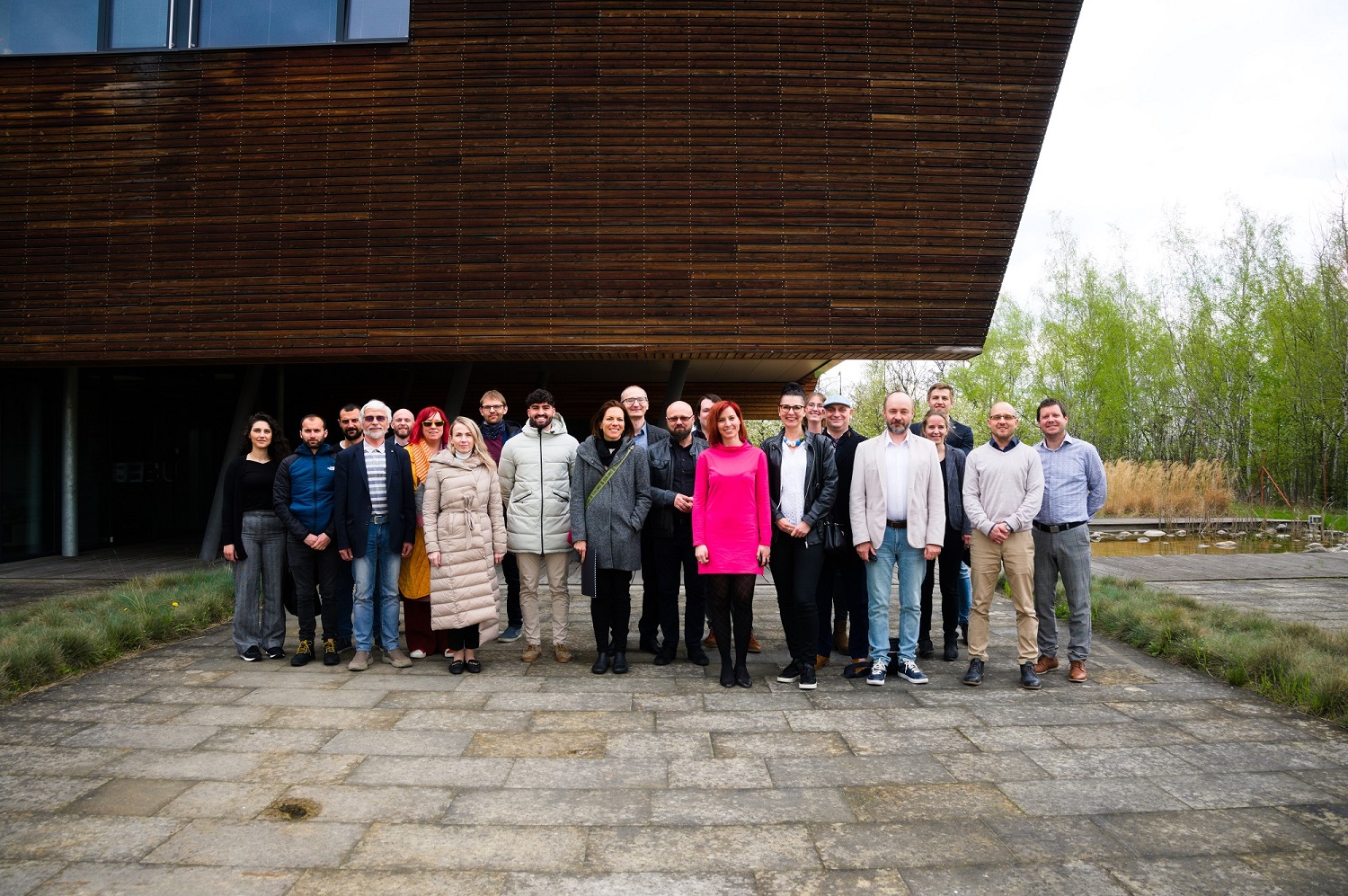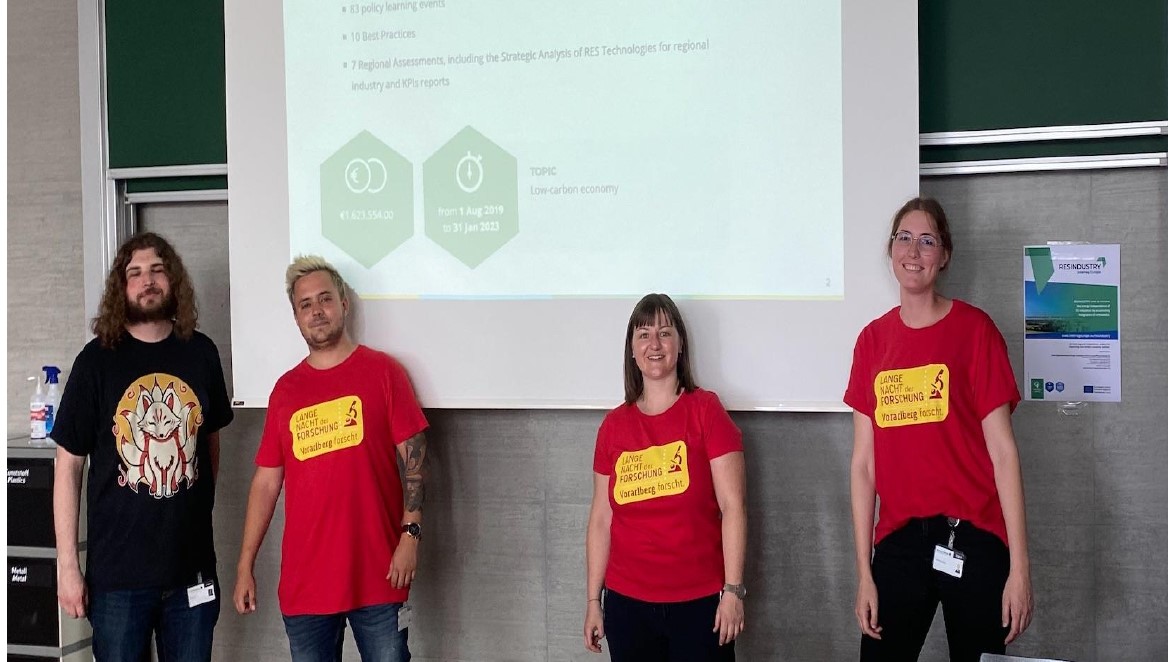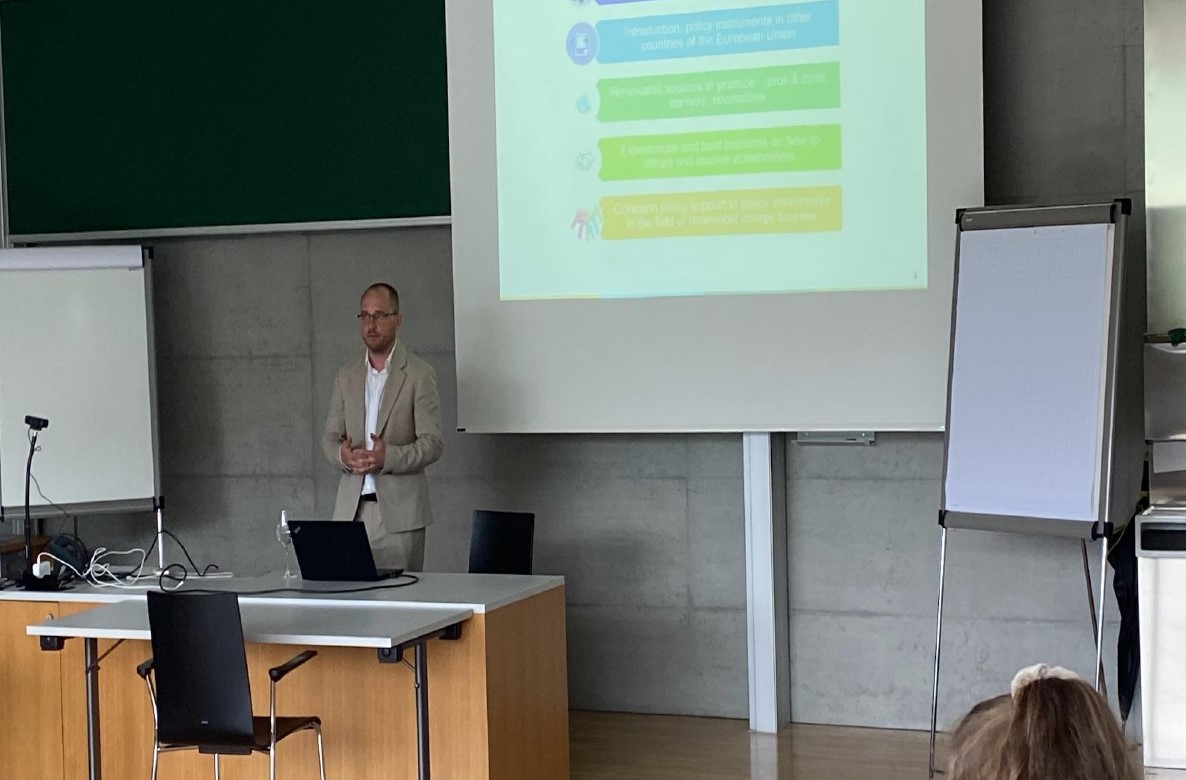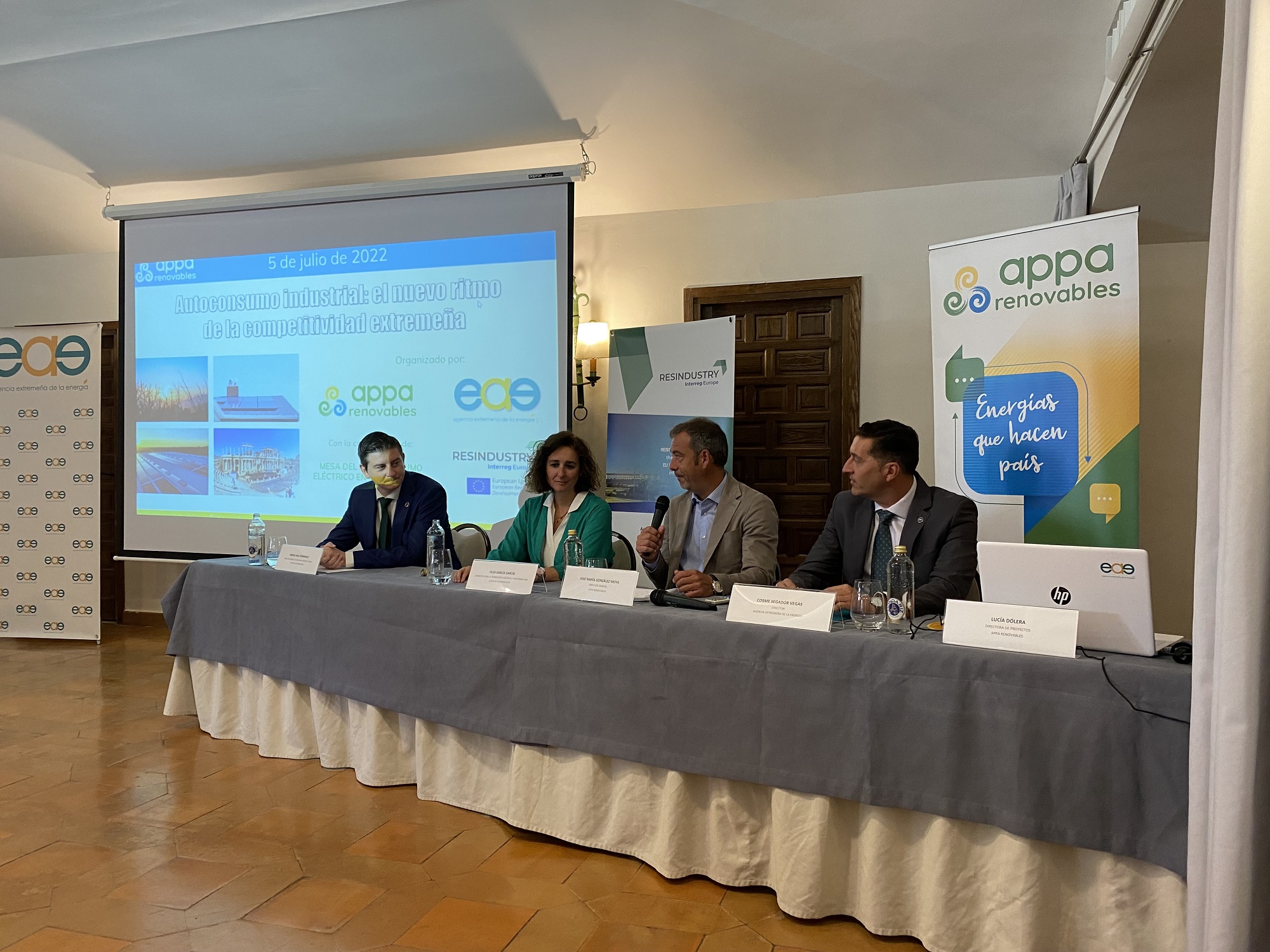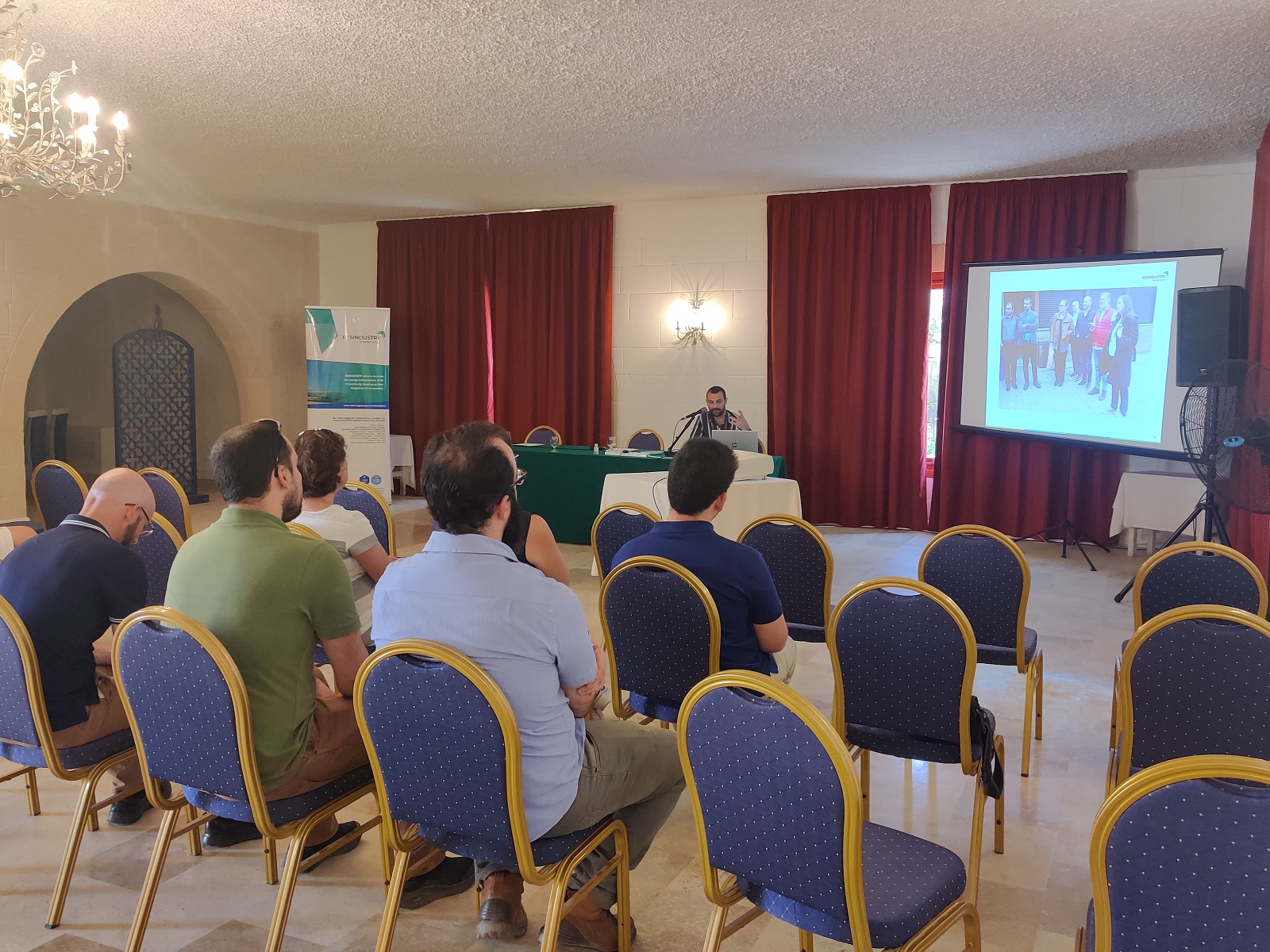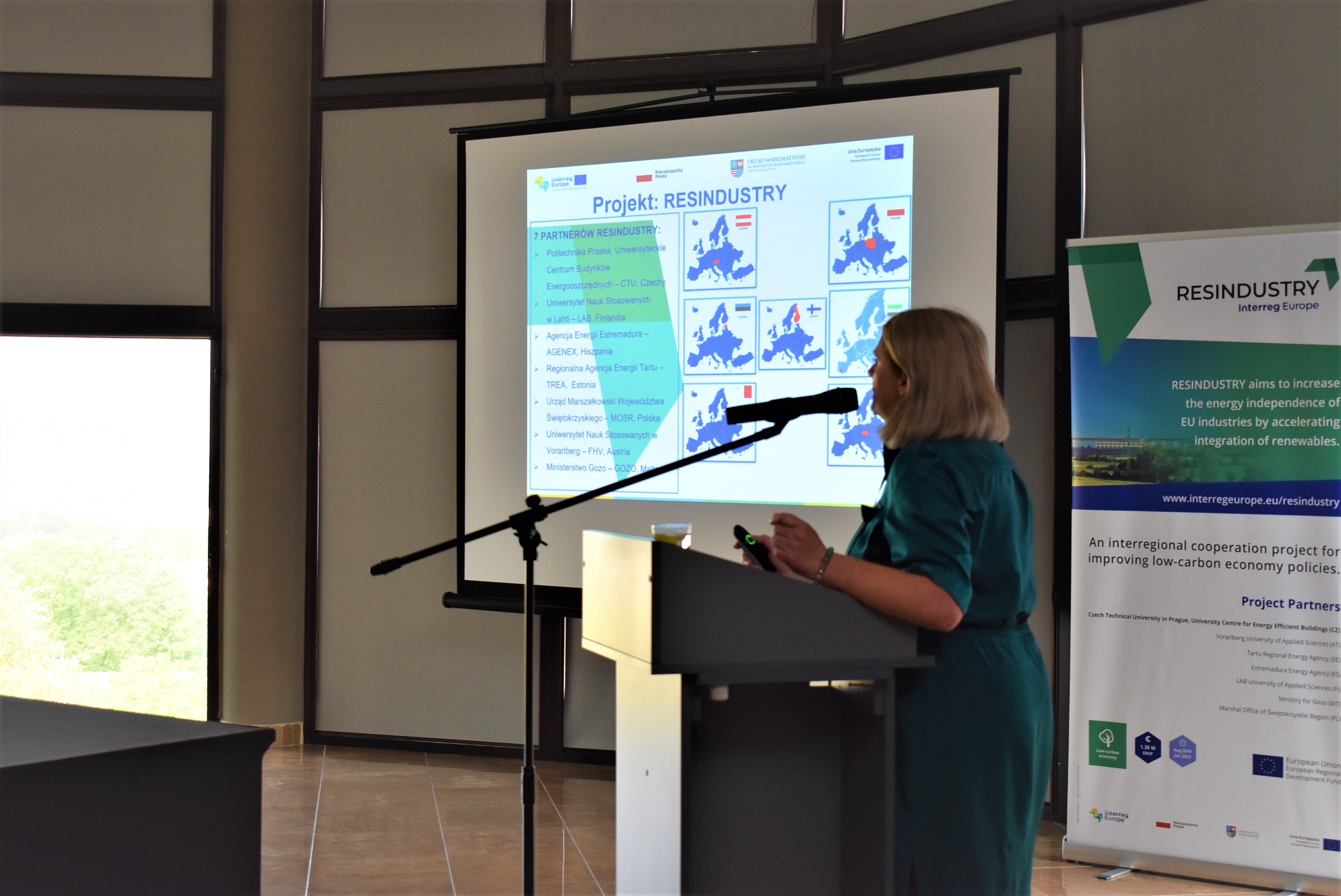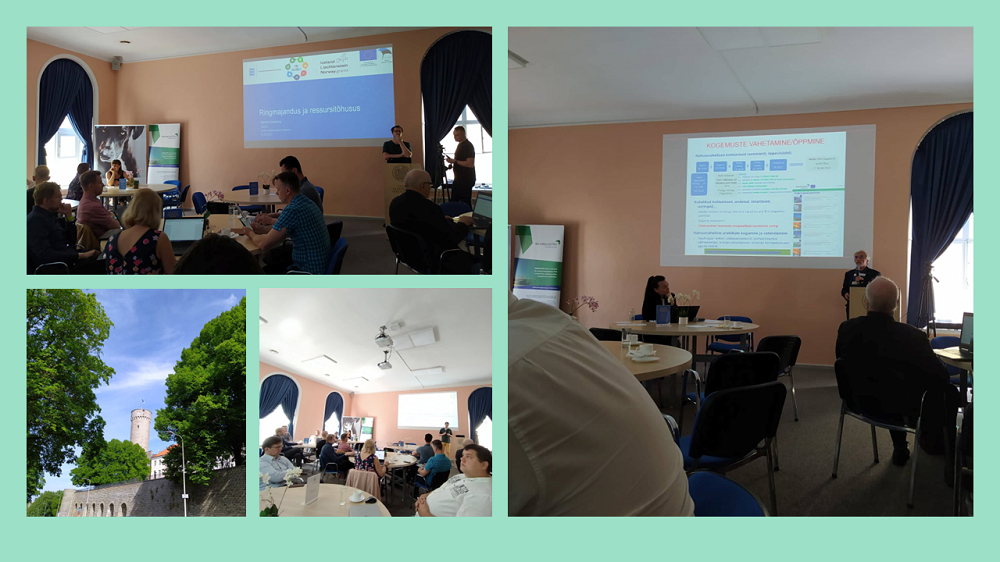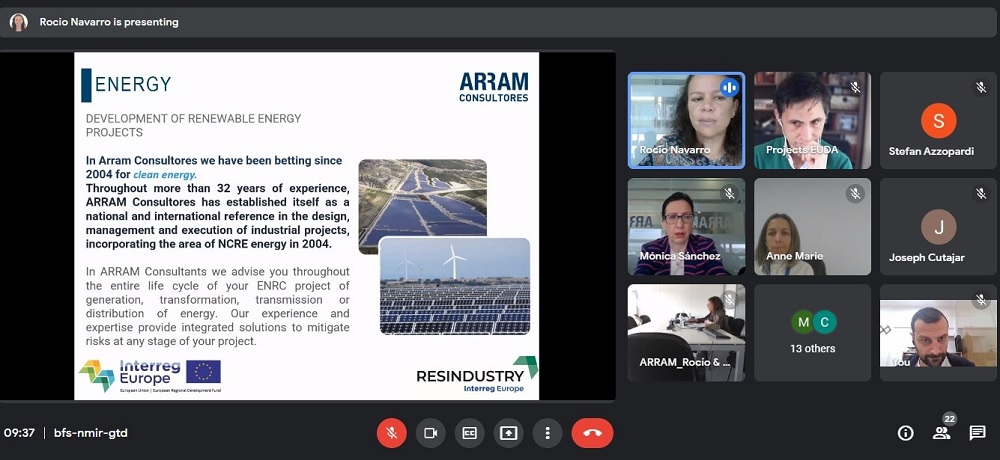While the annual consumption of electricity in Malta is less than 2,500 GWh, with the rapid increase in tourism, econonomy and population, the demand for electrical generation is rising. Malta has worked to diversify and modernize its electrical grid in recent years, transitioning from inefficient coal- and heavy oil-fueled domestic production to an approach using natural gas, oil for backup, and an electricity interconnector with Sicily. The next step is a €400 million Malta-Italy gas pipeline, which will replace the permanently moored gas tanker currently supplying the power plant; the government plans to make this operational by 2024.
EU Targets
The penetration of renewable energy sources (RES) according to agreed targets and timelines is given great importance by the EU. Directive 2009/28/EC on the promotion of the use of energy from renewable sources requires that Member States should achieve a share of energy of the gross final consumption from renewable resources. Malta has the obligation to achieve a 10% target for the share of energy from renewable sources in 2020.
Viable sources of RES in Malta
Various studies have concluded that solar energy is the predominant viable renewable energy source in Malta. The geology and topology of the island does not lend itself to the production of hydro or geothermal energy, and wave energy production is still at the research stage. Water and agricultural land are both scarce, thus biomass production is not an option. Wind was assessed thoroughly pre 2010. High population density and limited land area inhibit the development of onshore wind power. With regards to offshore wind turbines, the deep bathymetry of the Maltese marine area is a major drawback. In nearshore coastal areas and reefs with depths of less than 50m there are significant potential conflicting uses for these zones, especially in view of Malta’s reliance on tourism, maritime and shipping activities. Furthermore, a significant portion of the sea around Malta is a designated as a Special Protected Area and Special Area of Conservation. The potential for deep offshore wind energy via floating platforms remains in its infancy; this, combined with the associated high capital investment costs implies that floating offshore wind does not constitute a viable short- or medium-term option for Malta
The current focus is therefore on the deployment of photovoltaic systems. The total area of the Maltese Islands (316km2), coupled with a population density of over 1,500 persons per square km largely restricts the availability of suitable green field sites, and therefore Government policy was designed to take full advantage of rooftops and brown field sites such as disused quarries and landfills. At the current rate of PV deployment, which is estimated to reach around 160MW by the end of 2020, even fewer sites will remain available for development and this is expected to lead to even higher land costs. An extensive assessment of Malta’s technical potential for further deployment of solar PV installations post-2020 shows that this is limited to a number of suitable rooftops within the residential, commercial and industrial sectors, as well as a handful of brownfield sites.
RES-E trajectory is predominantly composed of RES generation from PV. Solar PV is expected to reach just over 260 MWp by 2030. This implies a total footprint of approximately 3.4km2. Both rooftop and brownfield sites will continue to be given priority for installations. PV technology is projected to contribute to between 30-40% (depending on the policy scenario) of Malta’s RES contribution in 2030.
Electricity generation from waste-to-energy plants is expected to contribute a relatively small share.
Industry and Services
Malta’s share of final energy consumption in industry is significantly lower than the EU average as Malta is not an industry-based economy and there are no energy intensive industries. In contrast, Malta’s share of final energy consumption by the services sector is higher than the EU average reflecting the local service-based economy. Nonetheless, whilst the gross value added (GVA) of the services sectors increased by 9% its energy consumption increased by 4%. Malta plans to address energy savings in these sectors by setting up a scheme in order to promote and address energy efficiency investment. This scheme is expected to achieve energy savings in proportion to the final energy consumption by corresponding sectors. Enterprises will be encouraged to undertake energy efficiency projects through the availability of investment aid which would be linked to the amount of savings achieved over a specified period. This measure is estimated to result in an investment in energy efficiency of circa €62.5 million over the period 2021-2030. In this regard it is being assumed that the present state aid framework is extended post 2020.
Sources: 2030 National Energy and Climate Plan of Malta.


